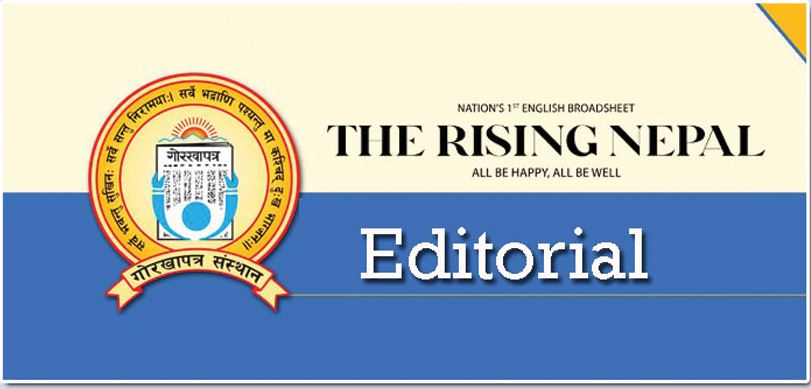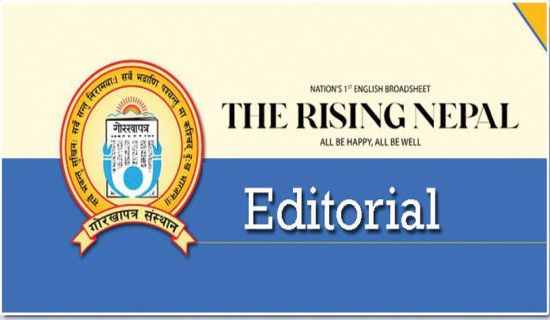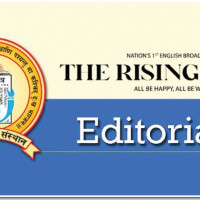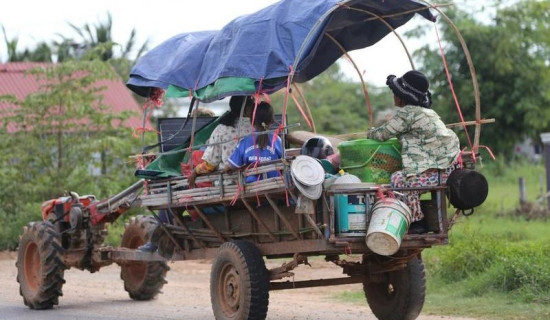- Saturday, 2 August 2025
Beautified Metros
As a capital city, Kathmandu is witnessing a rapid growth of urban civilisation, bringing both challenges and opportunities to it. It uniquely blends antiquity and modernity but haphazard urbanisation drive has not only made it one of the world’s worst polluted cities but also damaged its pristine beauty and glory. A home to seven ancient Monument Zones, it is the seat of federal government and some regional bodies. One of the fastest-growing metropolises in South Asia, the capital city now sits on scores of structural problems. Although the country has adopted federalism, it continues to face rising demographic pressure. As a result, it is struggling to cater basic services to its residents.
As a political and administrative nerve centre, Kathmandu serves as a barometer of the nation's modernity, prosperity and civilisation. So it is imperative to develop it in a systematic manner and keep its magnificence intact. Equally important is to equip it with essential amenities to the people. Given its historic importance and need to better serve the residents, two local units of the Kathmandu Valley - the Kathmandu Metropolitan City (KMC) and Lalitpur Metropolitan City (LMC) - have rolled out several initiatives to beautify their city areas. The KMC has announced its three-year municipal pride project ‘Beautiful Metropolis’ and golden projects ‘Dust-Free Kathmandu’ and ‘Bright City, My City’, among others. The three projects have been earmarked Rs. 250 million, Rs. 1 billion and Rs. 300 million respectively.
According to KMC officials, the metropolis has focused on making it safe, clean, green and pollution-free. It is currently working for maintaining greenery on the riversides by planting trees and constructing parks, installing streetlights and CCTV cameras. Riders and pedestrians themselves feel how these two metropolises have recently received a facelift. As they walk down from New Baneshwor to Maitighar in Kathmandu or Balkumari to Gwarko or Jawalakhel to Kupondol in the day time, they see the beautiful plants and flowers grown in the road islands. The eight-lane New Baneshwor-Maitighar road section offers pleasant sight for a passerby.
The solar light poles on either side of the driving lane throw glittering light at night. The arch bridge of Bijuli Bazaar is now adorned with colourful flowers and lights. It has now become an attraction for visitors to stroll in the evening and take snap shots. The KMC has launched a campaign ‘Let’s talk about air’ to involve the local community in generating awareness about air pollution and minimising its health impacts. It has regulated the vehicular movements in Handigaun to preserve the ancient cultural sites. It has prohibited the people from importing, storing and selling polythene bags, artificial flowers and other plastic-made materials of less than 40 microns thickness to check pollution.
In its latest move, the KMC has banned the parking of two-wheelers and four-wheelers in New Road and Durbar Marg areas, easing the people's movements. The beautification campaign is taking place on the heels of KMC's bold step to manage the Valley's garbage. These gradual changes also imply the commitment and sincerity of the elected officials of the two local units. Now the KMC leadership should gear up for bigger structural reforms by taking all concerned stakeholders into confidence.

















